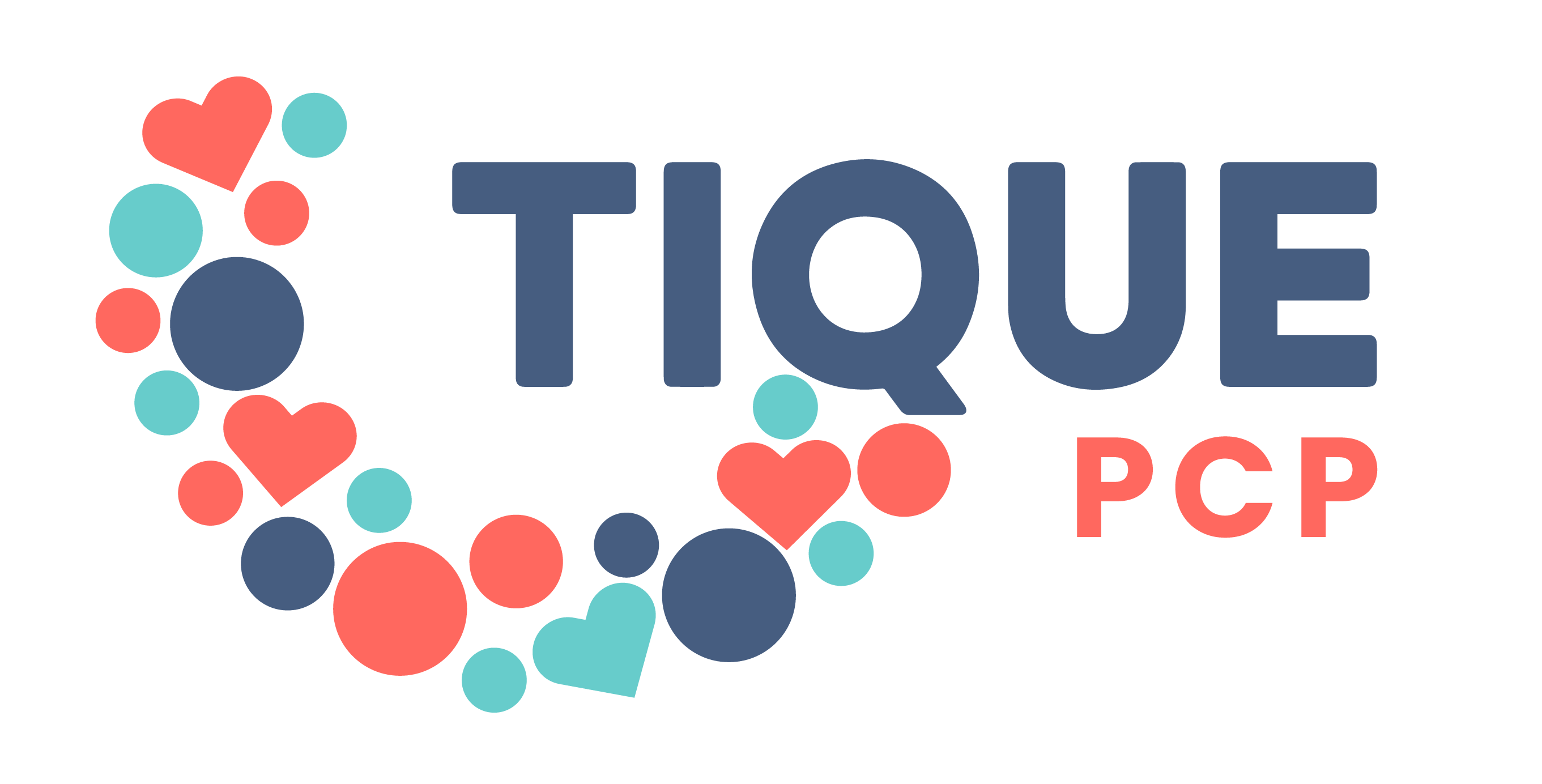The Project - Tique
How will we make it happen?

TIQUE is ready to purchase the design of a technology-enabled all-in-one service, flexible enough to adapt to a large variety of healthcare systems, and which will enable the full deployment of the TIQUE’s model.
The model will be tailored to each of the participant procurers, complementing existing public resources with a public-private partnership. Its solutions will include an interactive digital platform where clinicians and health and social care professionals can access their own case management platform (integrated with existing legacy systems), and where patients and carers can log into their own self-management system.
What is the problem and why is it important?
Heart failure is the leading cause of hospitalisation in patients over 65 and a heavy burden for healthcare systems.
Patients with advanced heart failure commonly suffer from comorbidities. A lack of appreciation of this fact, coupled with poor management of the condition, will systematically increase the risk and frequency a patient suffers acute episodes.
Acute episodes result in hospitalisations, they reduce the quality of life of the patient, and increase the burden on the healthcare system.
TIQUE will be in a position to anticipate a complex patients' care needs, and to help identify preventive interventions.
TIQUE's solution
A series of recent technologies have been proven to be effective in following up heart conditions. Data obtained through remote monitoring is fed to algorithms that can anticipate a patient’s care needs in time to prevent crises. This can go a long way in both protecting the patient’s health and relieving the burden on healthcare.
However, shifting from a reactive to a preventive treatment of chronic conditions requires more than just technology. It is crucial to develop a holistic vision of the patient and apply this vision in a care that functions -not in fits and starts, spurred by crises- but in a continuum.
Patients’ personal feelings and circumstances need to be taken into account too, and any valid holistic care will integrate them into the treatment, recruiting the patient and their loved ones as care co-providers.
What are the challenges?
Despite the many pilots implemented that have demonstrated the advantages of an integrated care model supported by advanced technologies, its implementation remains scarce due to several reasons:
- The organizational transformation of health and care entities has been proven to be hard to implement.
- There are no market-ready all-in-one ICT systems able to: implement flexible and adaptable care paths; and integrate edge technologies for health monitoring and advanced AI-based predictive algorithms.
- The effective implementation of such a care model needs to be supported by services to patients, including managing the supply side effectively. Health and care organisation usually lack those resources.
- The budgetary schemas of procurers are frequently not flexible enough to adapt easily to the requirements of transformational innovations.
How TIQUE will meet these challenges
TIQUE will address these multiple challenges from diverse perspectives simultaneously:
1
2
3
4
5
How will TIQUE make a difference?
Solutions for TIQUE will servitise health technology to continuously improve efficacy and efficiency of public services with technology driven innovations. Servitization is expected to change the focus of health and care public services providers from benefits of individual interventions to holistic systems, and increase flexibility of care services. This can also create a new, integrated, model of relationship patient-carer-health and care public service providers-industry that should be understood as a public-private partnership based on common objectives and shared values.
TIQUE aims to enable significant improvements in the lives of citizens with advanced heart failure and multiple comorbidities by implementing an innovative integrated care model supporting the delivery of the right intervention, to the right patient, at the right time, and in the right environment, thereby relieving health and care services budget pressure.



